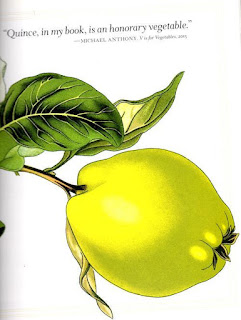The Agon of Call and Response
I remember it from the movie as a devastating truth-telling moment but on the page it seems to fall flat. Harold's speech to Michael in The Boys in the Band by Mart Crowley:
You are a sad and pathetic man. You're a homosexual and you don't want to be. But there is nothing you can do to change it. Not all your prayers to your God, not all the analysis you can buy in all the years you've got left to live. You may very well one day be able to know a heterosexual life if you want it desperately enough — if you pursue it with the fervor with which you annihilate — but you will always be homosexual as well. Always. Michael. Always. Until the day you die.What sets this up is the game frame.
HAROLDReady or not - sounds like the declaration from a children's game. But as set up earlier the stakes are high. There was an exchange of warnings between Michael and Harold in which Harold declares
[Calmly, coldly, clinically]
Now it is my turn. And ready or not, Michael, here goes.
[A beat]
You are a sad and pathetic man. You're a homosexual and you don't want to be. But there is nothing you can do to change it. Not all your prayers to your God, not all the analysis you can buy in all the years you've got left to live. You may very well one day be able to know a heterosexual life if you want it desperately enough — if you pursue it with the fervor with which you annihilate — but you will always be homosexual as well. Always. Michael. Always. Until the day you die.
[Cooly]Well worth noting that Michael's reaction is to laugh. The querying of laughter is part of Harold's entrance. Michael asks "What's so fucking funny?" and Harold replies "Life. Life is a goddam laff-riot. You remember life." The laughter circulates across characters and across the play's divide of acts (Harold is laughing at the end of Act 1 and is still laughing at the beginning of Act 2 — a peculiar temporal hiatus the film cannot replicate).
Are you now? Are you warning me? Me? I'm Harold. I'm the one person you don't warn, Michael. Because you and I are a match. And we tread very softly with each other because we both play each other's game too well. And I play it very well. You play it very well too. But you know what, I'm the only one that's better at it than you are. I can beat you at it. So don't push me. I'm warning you.
Already combative from the entrance... Harold's reply to Michael's accusation of being late and being stoned is a model of self-acceptance (the power of his game playing).
What I am, Michael, is a thirty-two-year-old, ugly, pockmarked Jew fairy — and if it takes me a while to pull myself together and if I smoke a little grass before I can get up the nerve to show this face to the world, it's nobody's goddam business but my own.That later salvo seems a little less flat given the set up. The power of self-deprecation carries through.
[Instant switch to chatty tone]
And how are you this evening?
And so for day 2442
20.08.2013

















